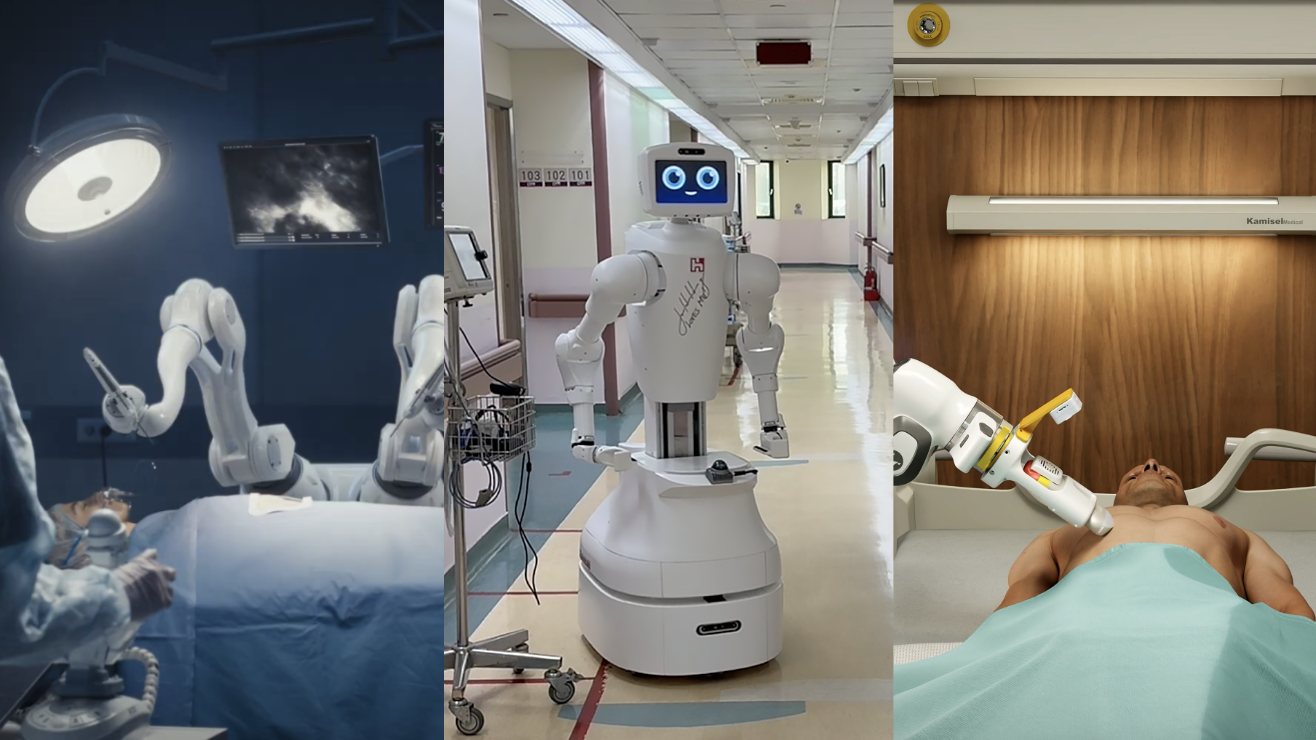Driving AI-Powered Robotics Development with NVIDIA Isaac for Healthcare

Table of Contents
Introduction
NVIDIA Isaac for Healthcare is a specialized platform developed to speed up the simulation, training, and deployment of AI-powered medical robotics. This platform equips developers with the necessary tools for advancing AI medical robotics through five key components.
Start with Simulation
NVIDIA Isaac for Healthcare allows developers to create high-quality synthetic training data without patient interaction by modeling robots, importing patient-specific anatomies, and simulating physics-based sensors like RGB, ultrasound, and force. Tools include pre-trained AI domain-specific models that can be customized for specific use cases, such as autonomous workflows and ultrasound sensor simulation.
Apply Pretrained AI
Utilizing pre-trained domain-specific models like post-trained π0 and NVIDIA Isaac GR00T N1 provides a foundation for perception and control tasks. These models come with evaluation metrics and can be tailored for individual applications, enhancing efficiency in AI medical robotics development.
Sovato: Low-latency Telerobotics
Sovato is enhancing telerobotic surgery with a latency-optimized workflow designed for remote procedures. By integrating GPU-accelerated computing and sensor I/O at the edge, they empower real-time robotic control in geographically dispersed operating environments, improving precision and performance.
Get Started
To begin using NVIDIA Isaac for Healthcare, developers can clone repositories and start building with their existing assets, models, and hardware. The platform supports AI models in standard formats such as ONNX, NVIDIA TensorRT, PyTorch, and TensorFlow. Tools like MONAI's integration capabilities enable the transformation of medical imaging data into 3D models for simulation and training.